I’m a photographer from the UK, and I recently spent two weeks living on the highest permanently inhabited plateau in the world to document the looming Cashmere crisis in the Himalayan ice desert.
At an altitude of more than 14,000ft, where winter temperatures can fall to -40 degrees, it is hard to believe anyone or anything can survive in this vast ice desert that is the Changthang Plateau.
More info: Instagram | andrewnewey.com
Situated between the Himalayan and Karakorum mountain ranges, it is the highest permanently inhabited plateau in the world and home to an extremely hardy and rare breed of goat – the Changra, or Pashmina goat. The high altitude, freezing temperatures and harsh bitter winds in this unforgiving mountainous region are essential to stimulate the growth of the goats’ super-soft undercoat. The fibres measure a mere 8-10 microns in width making it around 10 times finer than human hair and 8 times warmer than sheep wool. This luxurious fibre is known the world over as Pashmina, the softest and most expensive type of Cashmere wool in the world.
Rearing these valuable animals in such inhospitable conditions are the Changpa nomads. For centuries these nomadic shepherds, who themselves are as hardy as their animals, have roamed ‘the roof of the world’, moving their herds of Yak, Sheep, and Goats along traditional migratory routes in this high altitude desert every few months in search of fresh grazing pastures. This ancient way of life is now very much under threat from climate change, fake Pashmina imports from China, the need for better education and the desire simply for an easier and more comfortable life.
The nomads and scientists alike are adamant that climate change is the biggest threat to Pashmina production in the region. The Changthang plateau does not usually get much snowfall, and if it does, it begins in January or February. However, for the last few years, it has been increasingly heavy starting as early as December, even November. As result, food supplements have to be brought in to prevent the animals dying from starvation. Also, the winters have been getting warmer which has reduced the quality and quantity of the valuable Pashmina wool.
Over a relatively short period, dozens of nomad families from the Changthang plateau have migrated away to set up their neighbourhood called ‘Kharnak Ling’ on the outskirts of Leh city, 180 km away. “These are worrying times we are experiencing,” says the Kharnak village chief. “If weather patterns continue like they are then it could have an irreversible impact on Pashmina goat-rearing on the Changthang. There were once more than 90 families in Kharnak and now there are only 16. If the number of Changpa families in Kharnak falls below 10 then life will become too tough for us to continue this life. The younger generation would rather work in the city and cannot be persuaded to continue this physically, mentally and emotionally demanding existence.”
India’s Textile Ministry is now trying to help reverse the trend before it is too late by providing US$1.2 million for winter fodder and 50 animals to each herder as a way of encouraging the Changpas to return to rearing goats on the plateau.
In recent years, however, due to a lack of Cashmere wool from Ladakhi herders, weavers in Kashmir have begun importing raw Pashmina from China and Mongolia to meet the ever-increasing demand for their products. Much of this Pashmina is not what it is claimed to be; the goats at not reared in the extreme conditions required to stimulate the growth of the super-soft undercoat to be officially classified at 100% pure Pashmina. Ladakh produces less than 1% of the world’s total raw Cashmere, but it is renowned for being the finest in the world.
Cashmere is expensive and rightly so. The Changpa carefully comb the hair during the spring moulting season to harvest the downy undercoat and then the good fibre is laboriously separated from the bad by hand. Once cleaned and processed the wool from a single Cashmere goat only amounts to a mere 4 ounces. Once the fibres are manually sorted, cleaned and hand-spun the weaving process can begin, which is equally demanding and painstaking. It takes several months to a year for highly skilled artisans to work their magic on wooden looms and weave a masterpiece that will be exported around the world and sold for between US$200 and US$2000 by luxury retailers.
Due to the decreasing numbers of this rare Himalayan goat and increasing demand for genuine Cashmere from the Ladakh region of Kashmir, scientists at the University of Kashmir decided to clone the world’s first Pashmina Goat. The project, partly funded by the World Bank and mostly by the Indian Government was successful, and on 9th March 2012 female kid Noori was born. The scientists had planned to share their goat-cloning knowledge across the Himalayas to help others grow their own goats, however, this has not gone down well with the Changpa herders in the region, in most part because of their Buddhist beliefs.
Another issue of concern is the increasing numbers of Snow Leopards in the region putting their animals at risk of attack. This is a result of the successful conservation efforts over the last decade.
The threat to Pashmina goat-rearing would not only mean the end of the livelihoods of about 300,000 people in the Jammu and Kashmir state who, directly or indirectly, depend on Pashmina, but will also mean an end to the unique culture of the Changpas; most of them are followers of Tibetan Buddhism and have an elaborate set of customs centred around their livestock.
7Kviews
Share on Facebook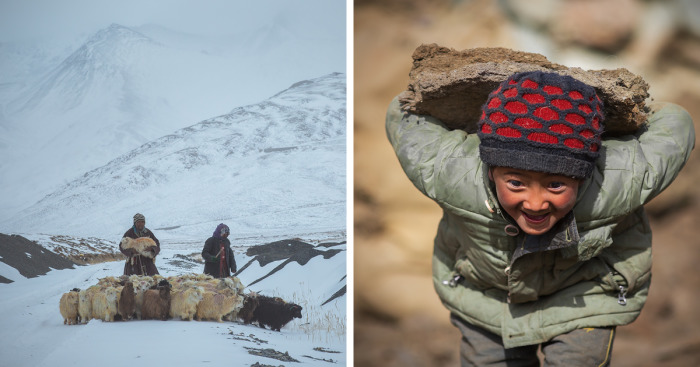
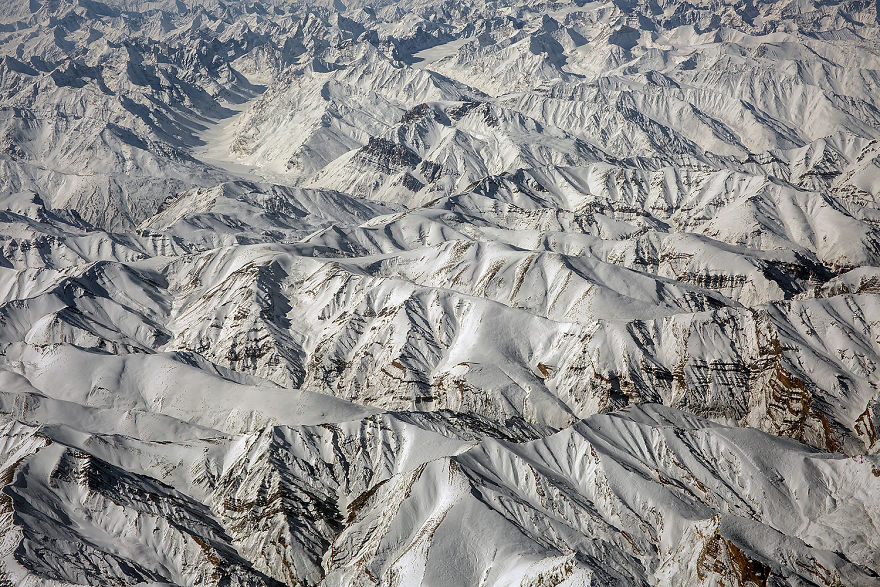
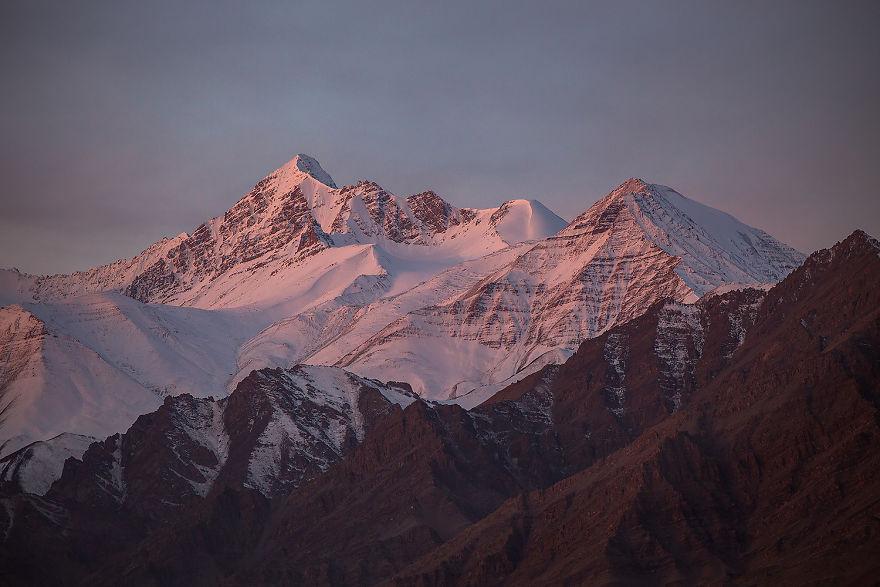
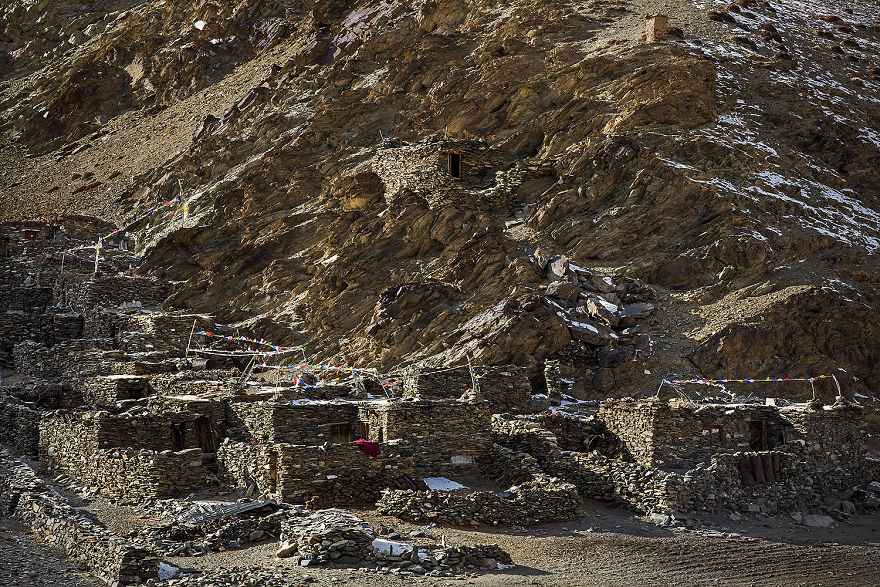
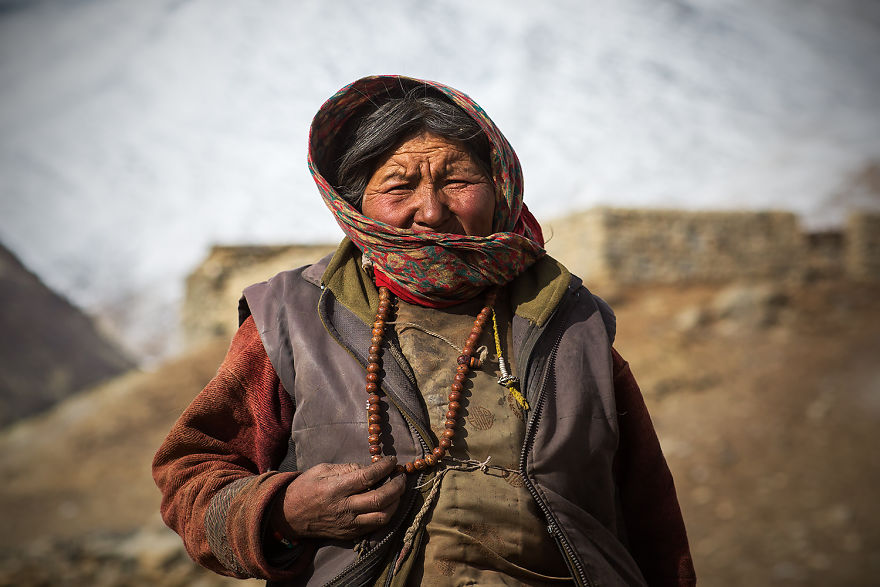
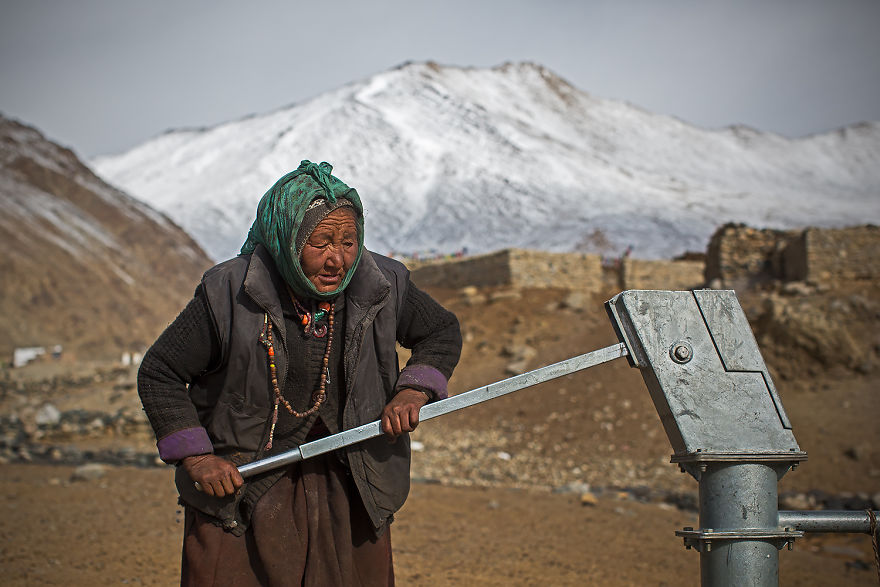
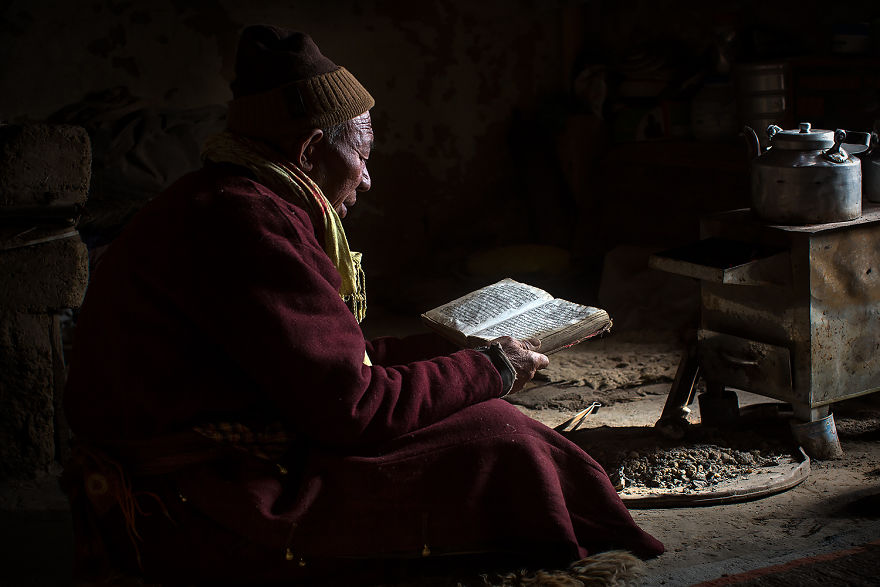
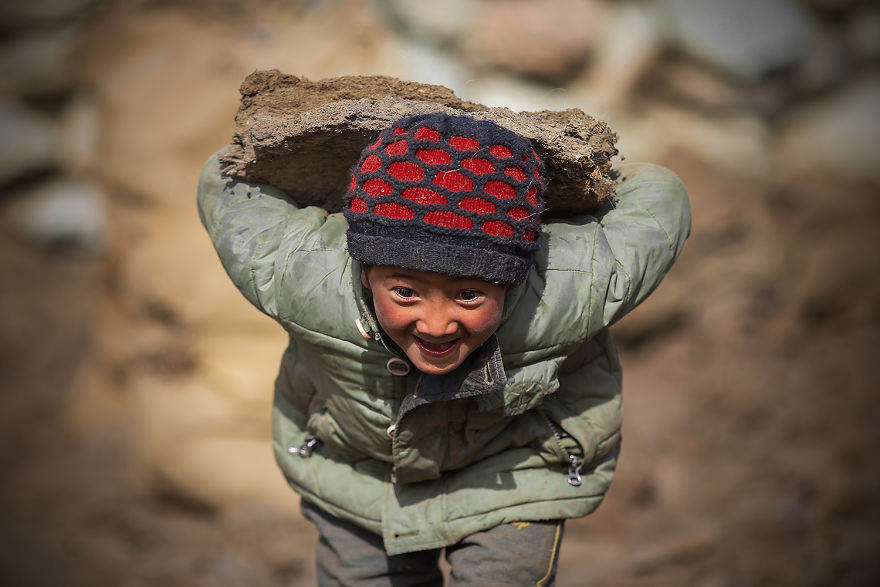
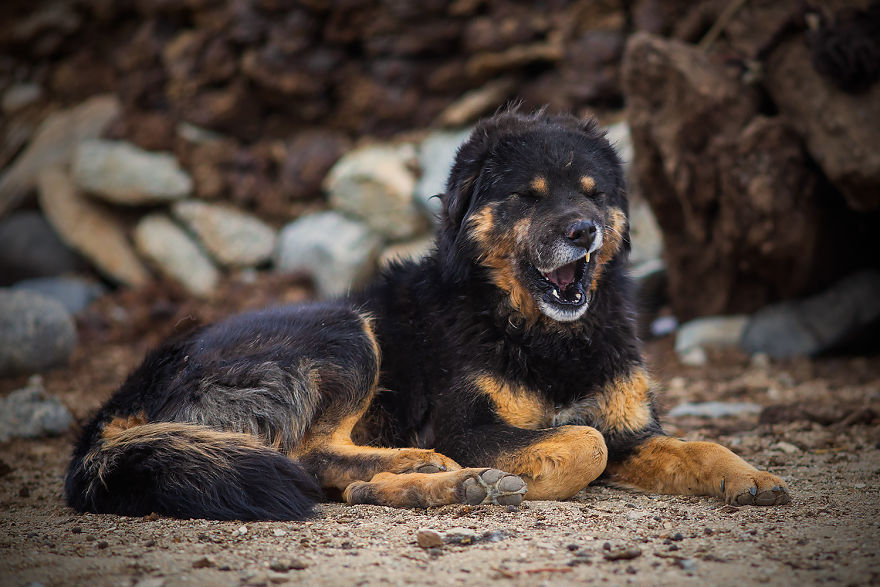
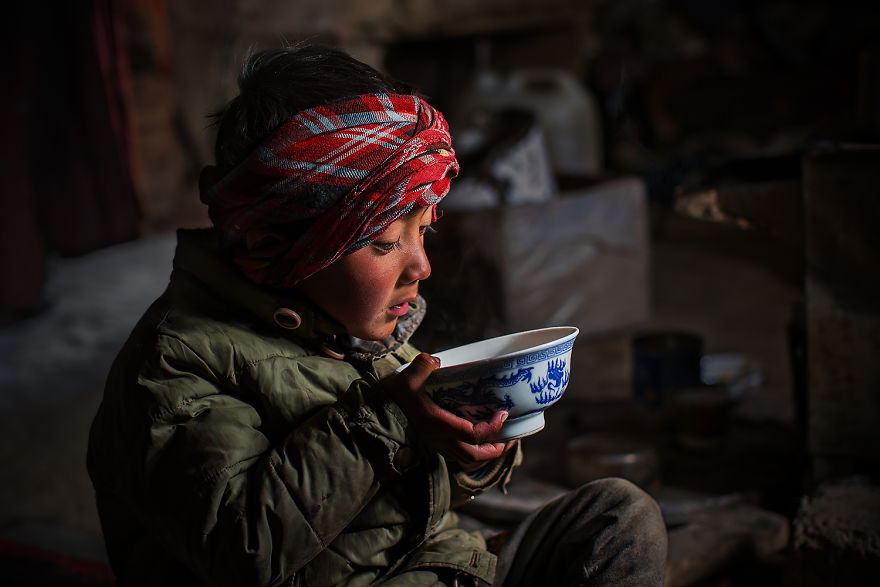
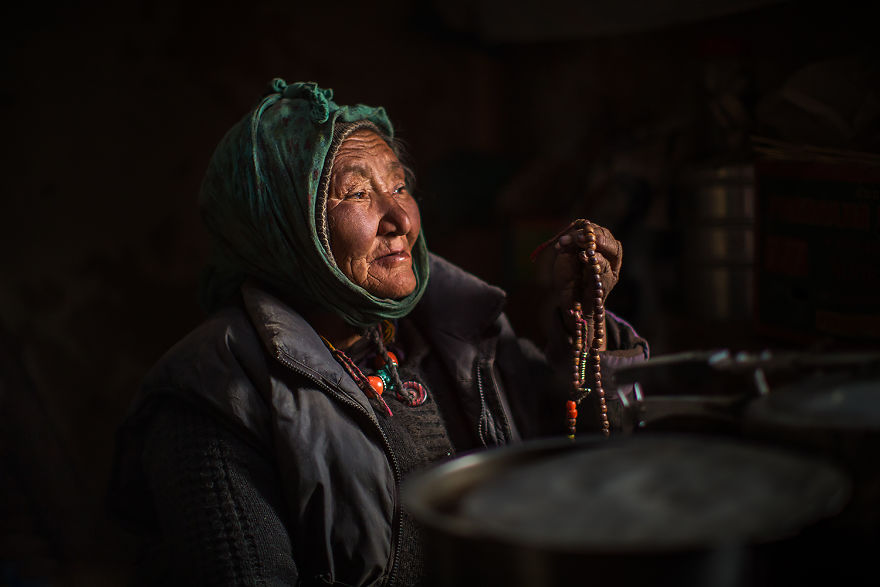
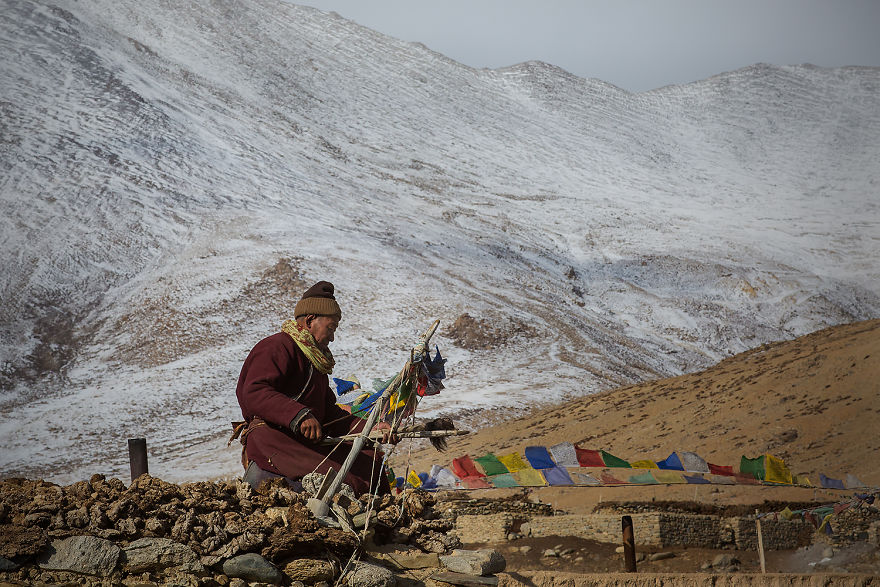
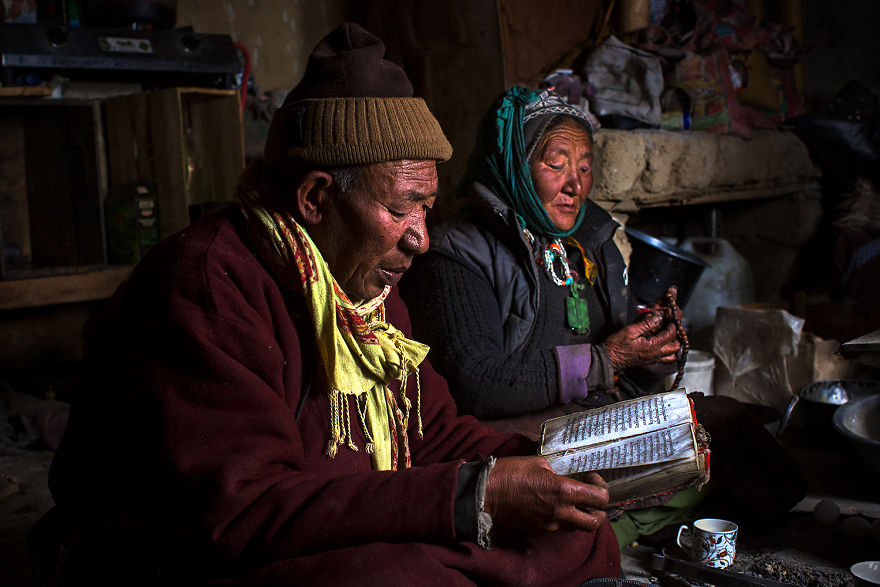
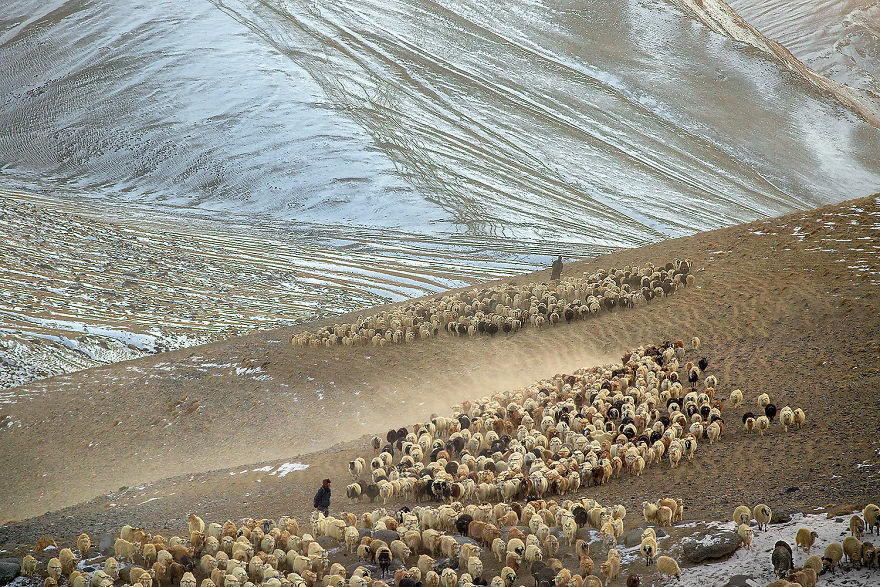
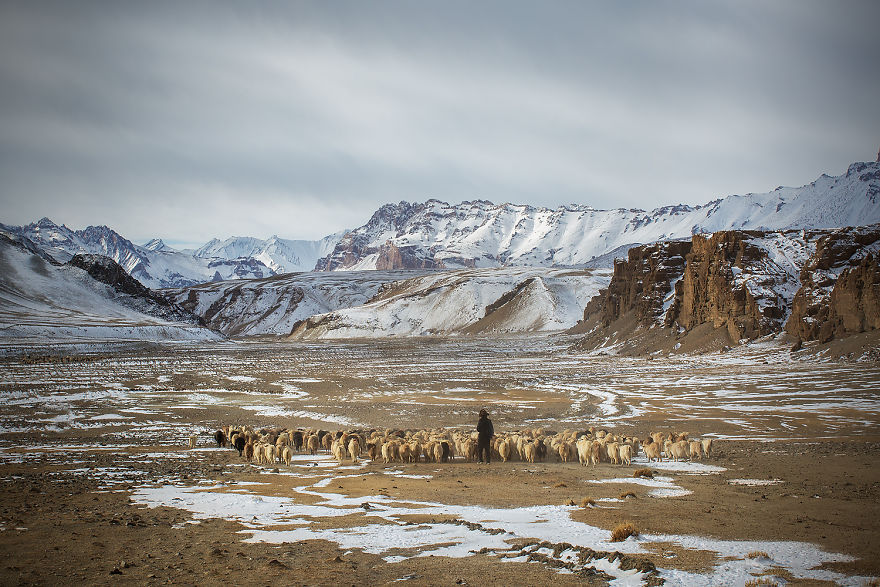
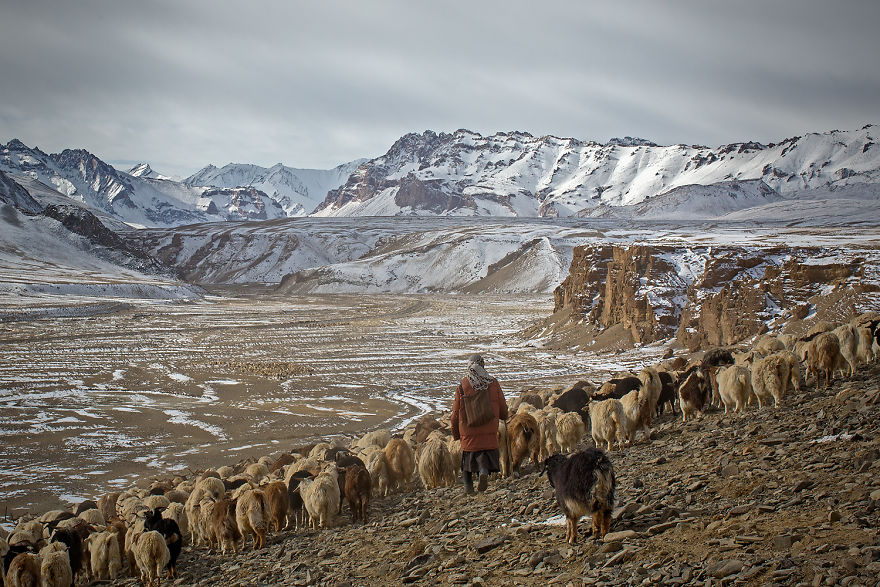
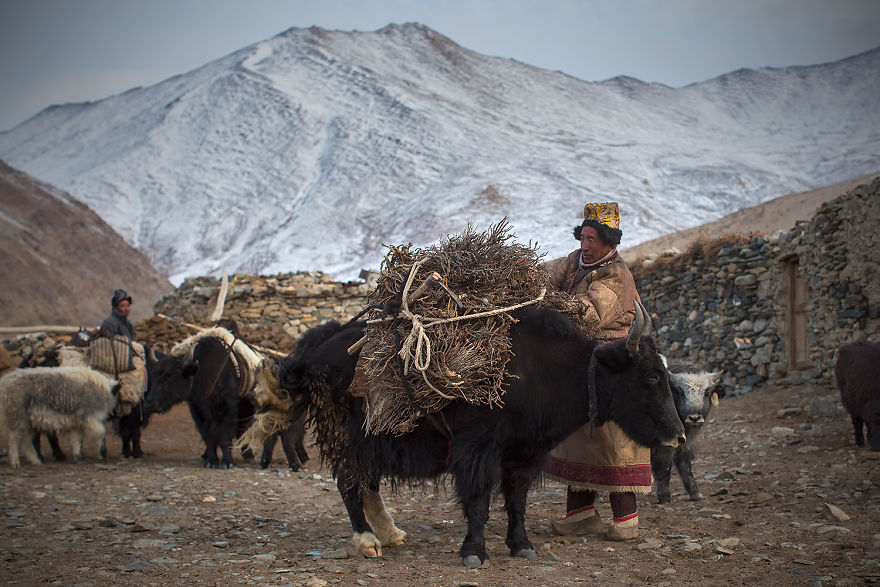
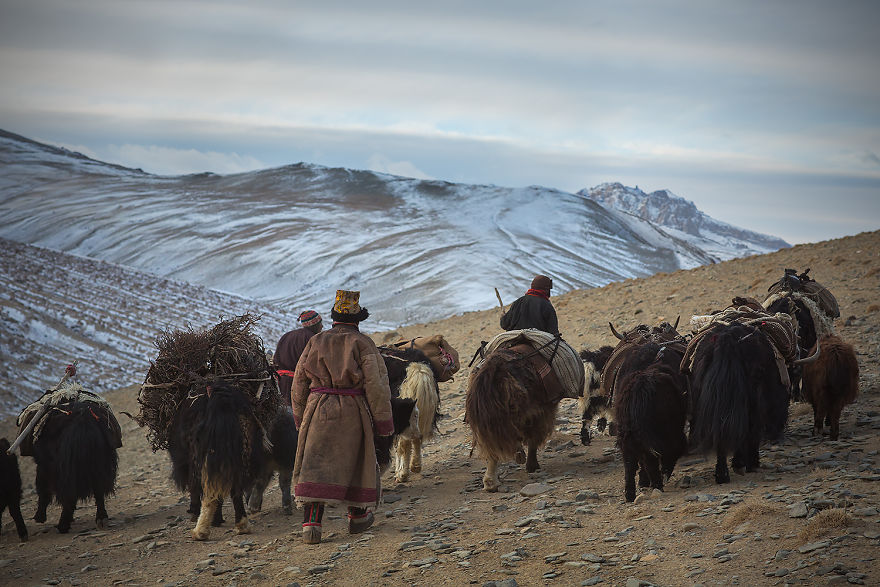
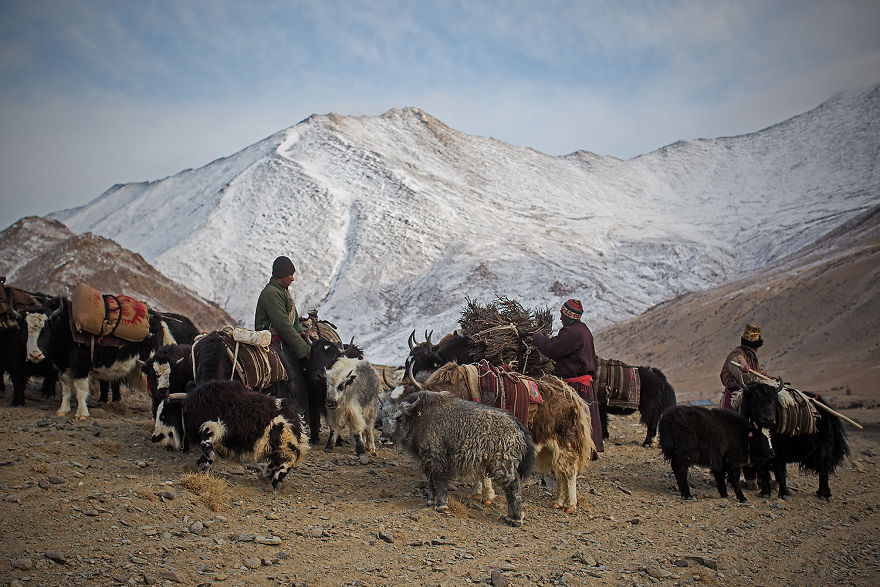
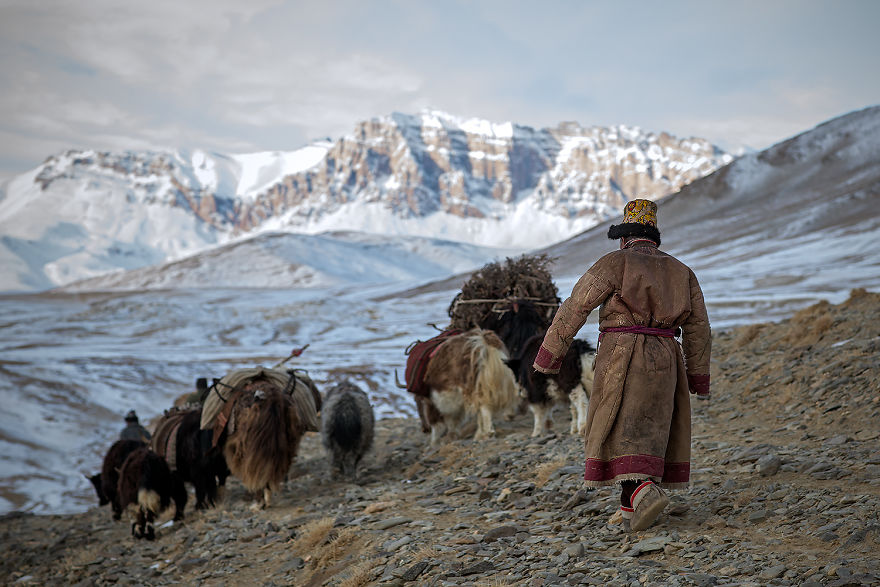
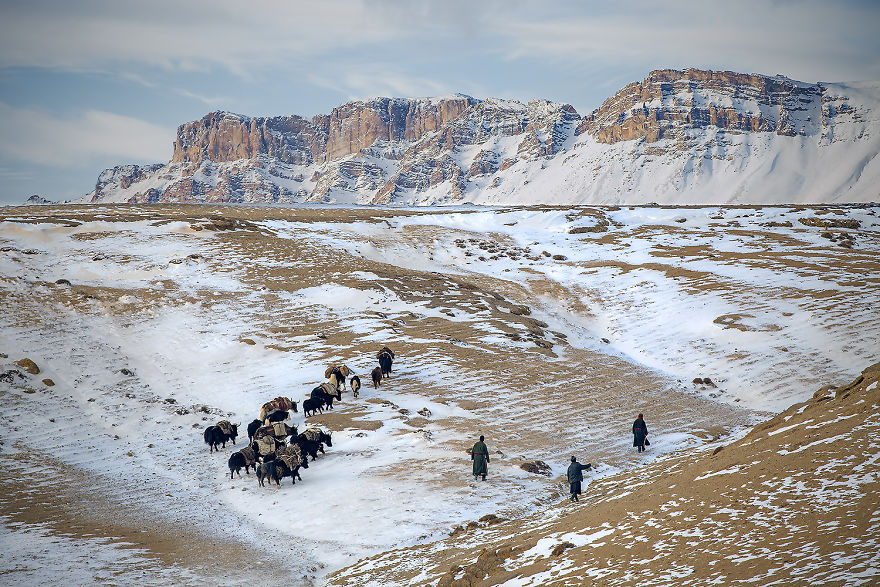
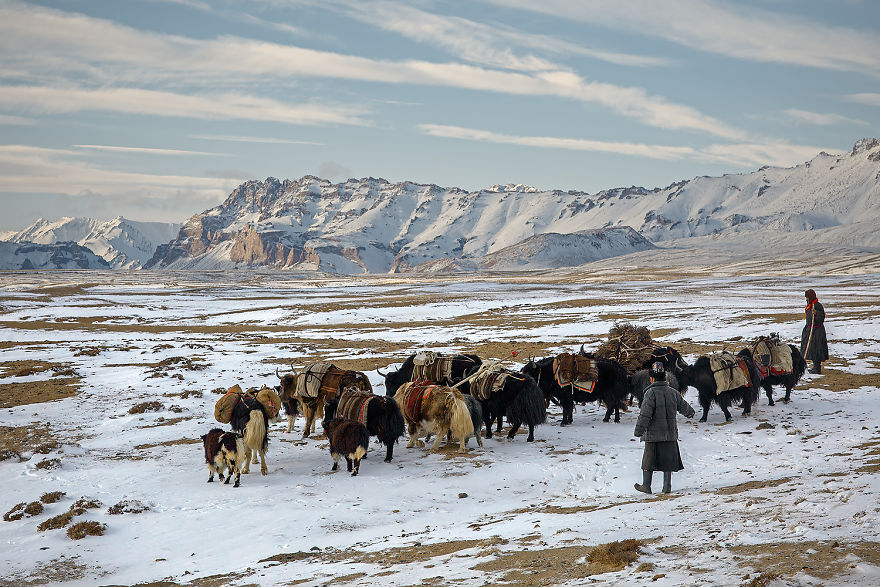
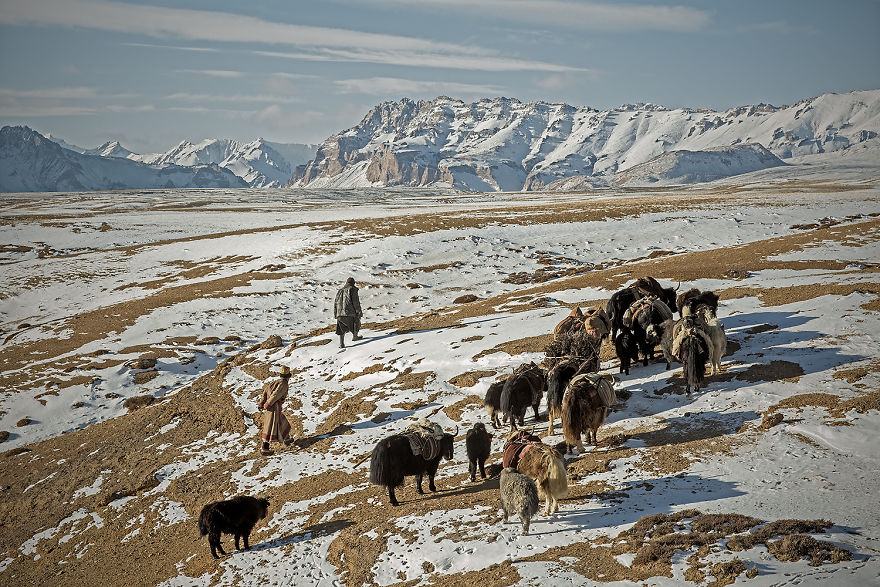
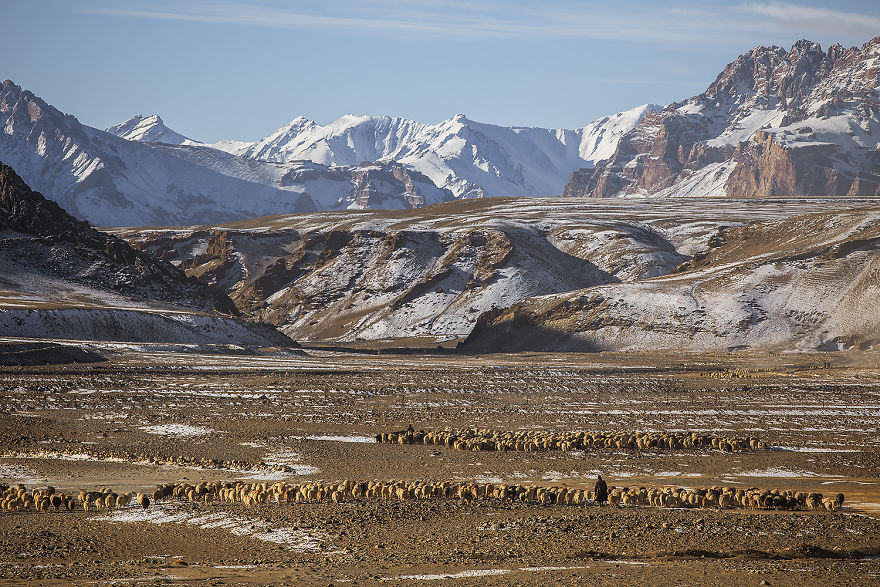
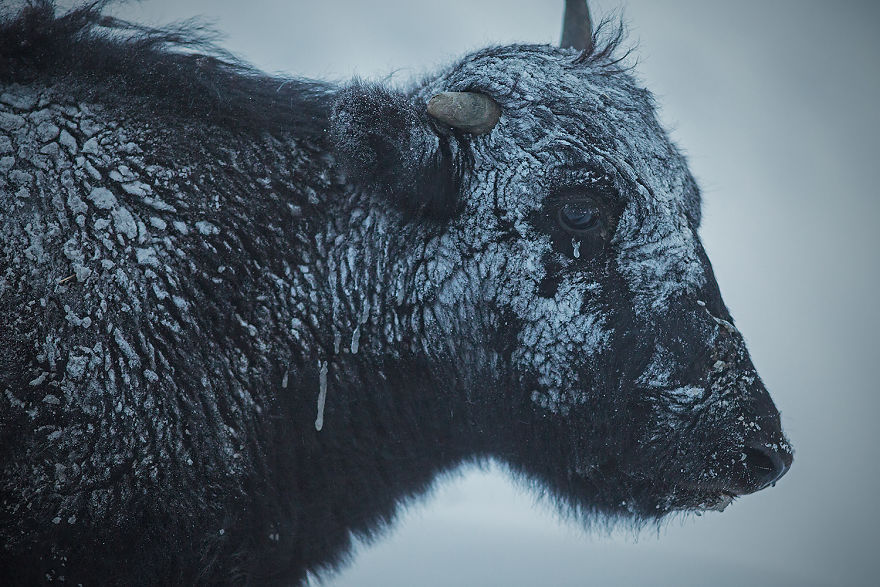
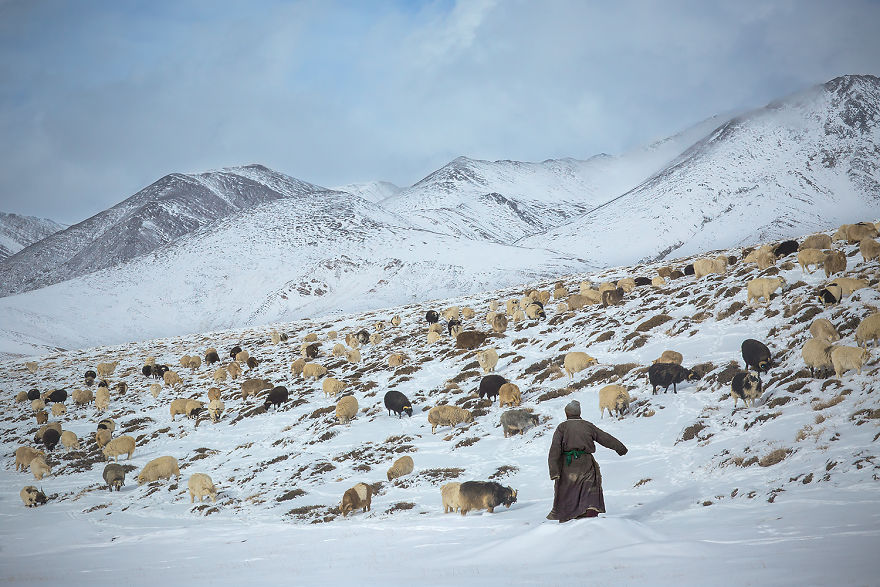
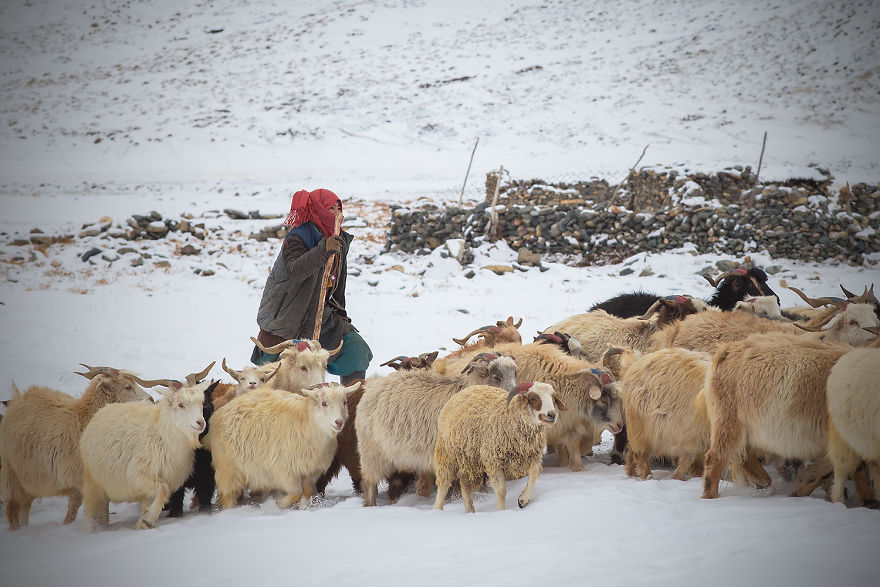
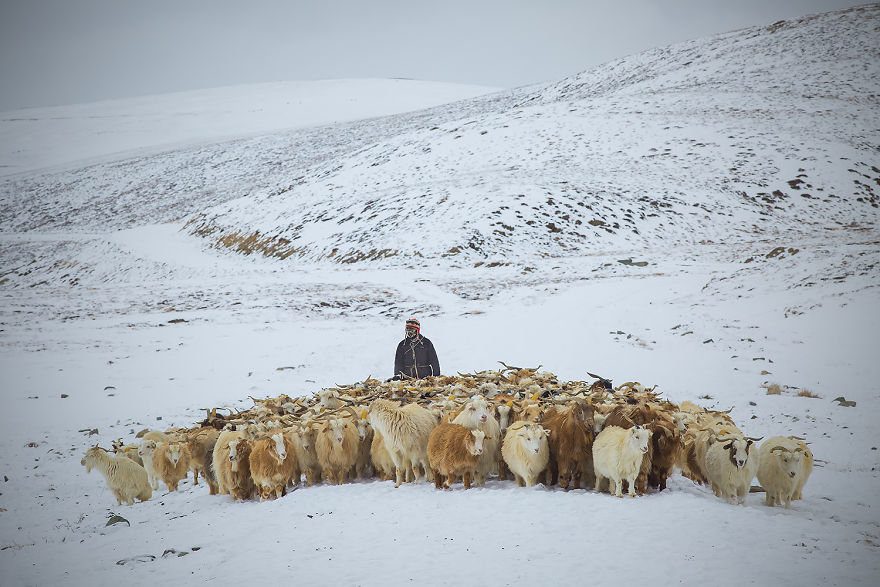
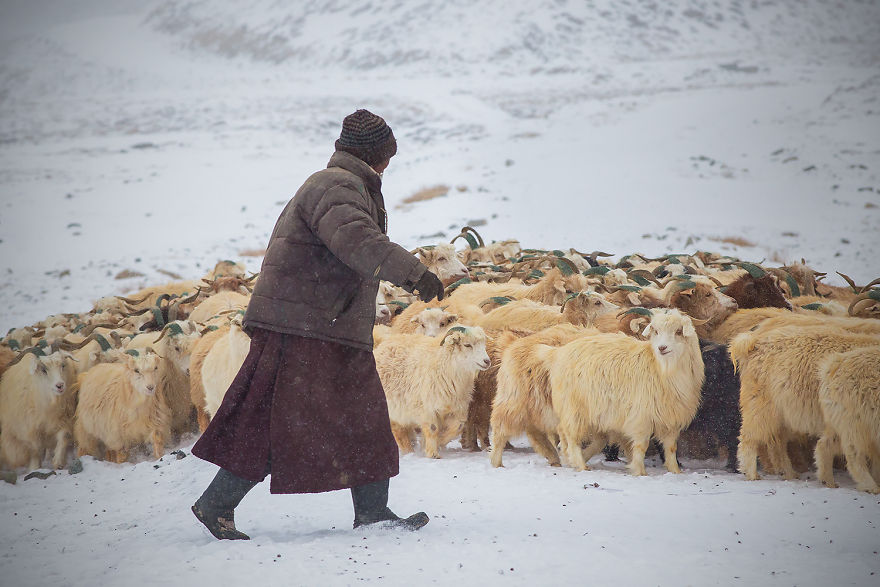
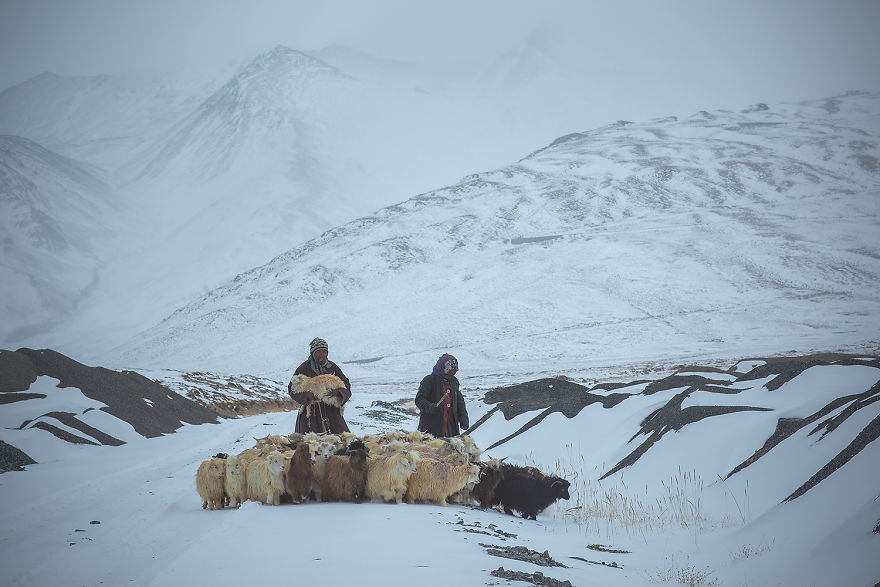
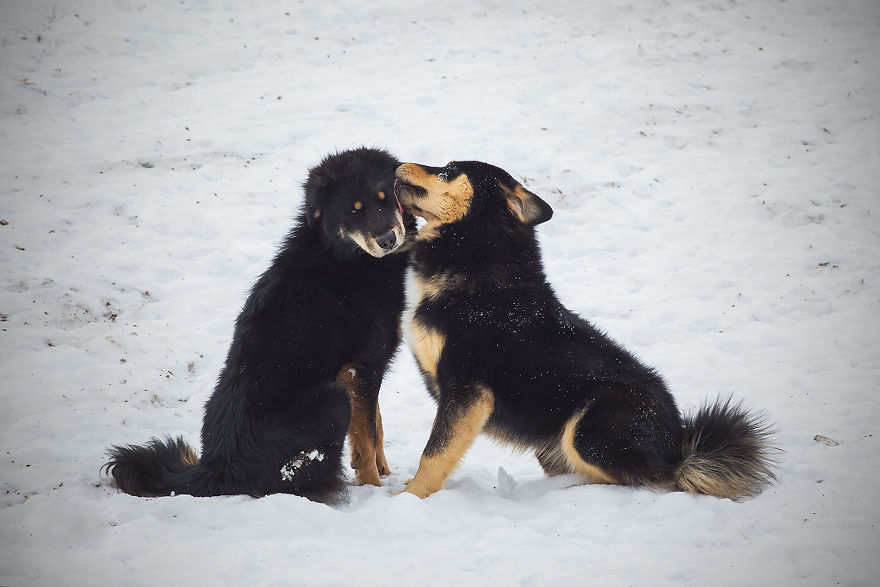
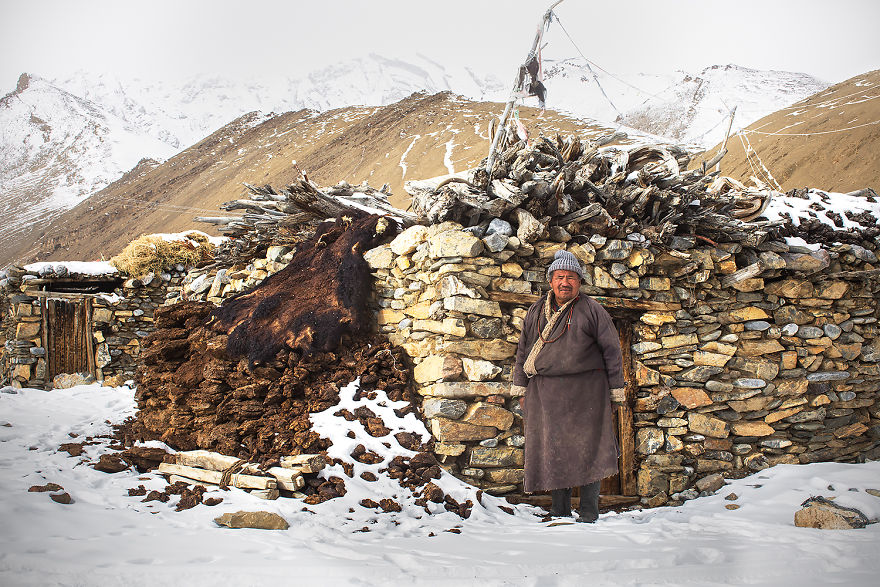
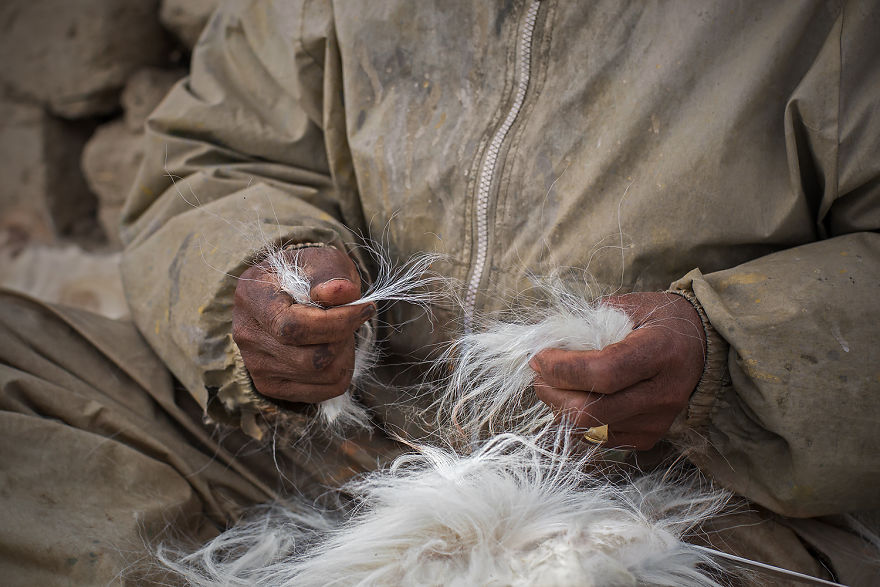




24
2